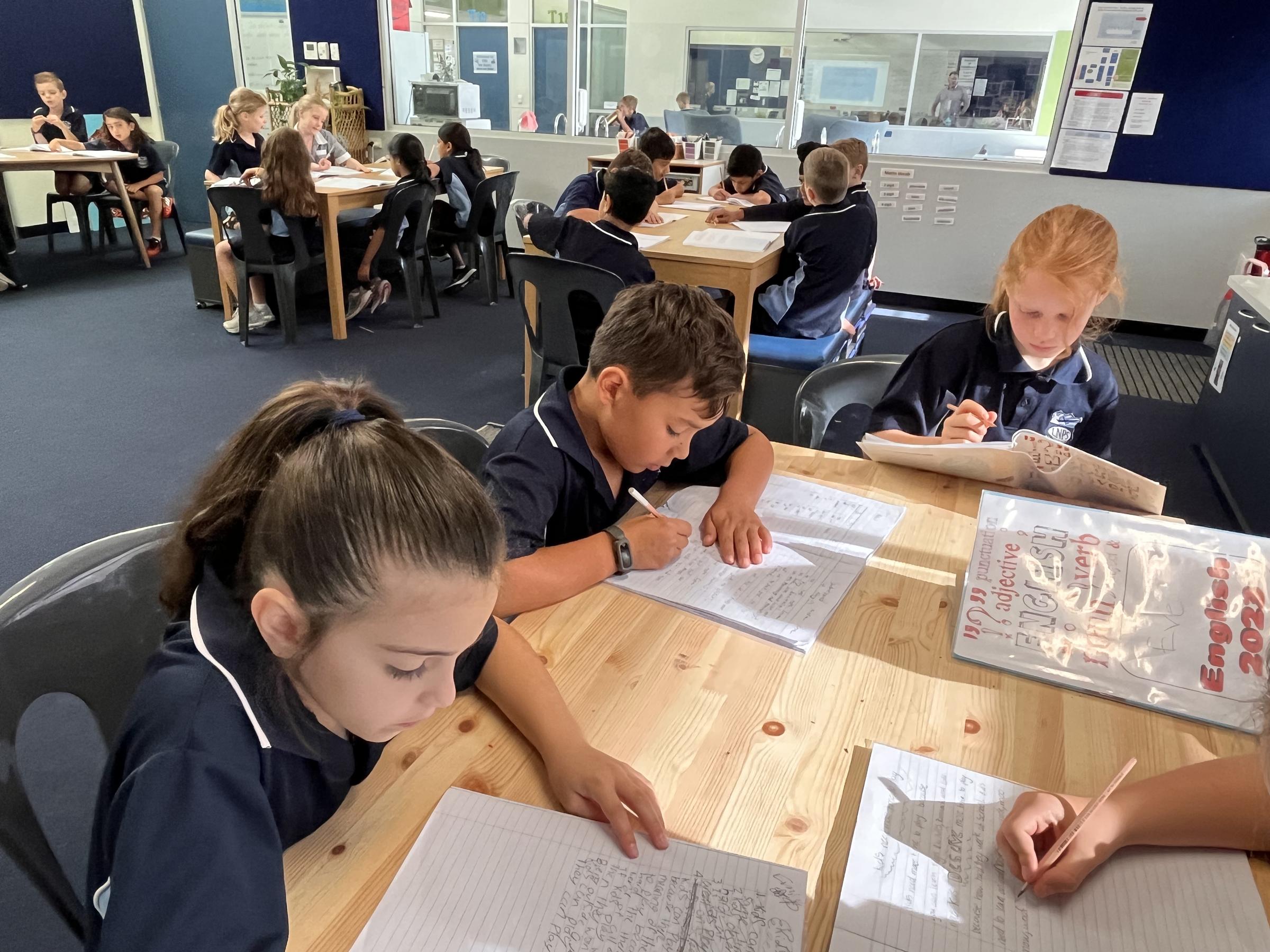Term 1
In Term 1, our focus will be on persuasive writing through advertisements and language features of narratives.
Explore language used to persuade in a range of texts
Learning intentions
Students will:
- use comprehension strategies to read a range of different types of texts
- understand how authors choose language and structural features to meet the purpose and context of a text
- identify the context and purpose of a range of spoken and written texts that aim to persuade, including advertisements, short narratives and letters
- identify language that persuades in a range of different text types
- understand that the use of evaluative language can make a text more or less persuasive
- identify the point of view in a text and understand that there can be alternative points of view
- identify contractions and understand that contractions can make a text less formal
- understand how paragraphs organise information in a text
- experiment with persuasive language features and devices to write short persuasive texts.
Author’s Choice in narrative
Learning intentions
Students will:
- identify elements of a narrative including characters, setting and plot
- understand that the meaning of sentences can be enriched through using nouns and noun groups, verbs and verb groups and circumstances that include
- adverbs and prepositional phrases
- identify how the author has used direct speech to develop characters
- identify how pronouns are used to reference nouns and the use of text connectives of time can make texts cohesive
- explain how authors make choices to use language features and techniques to develop characters and build plot tension to hold the readers’ attention
- use comprehension strategies that build literal and inferred understanding and connect ideas across the narrative
- plan, draft, edit and publish a new chapter based on the characters, settings, and events from the selected narrative.
Term 2
In Term 2, our focus is on storytelling and structures when writing.
Aboriginal Stories
Learning intentions
Students will:
- understand that stories are told in different ways depending on cultural context and purpose
- understand that there are many First Nations Countries in Australia each with their own stories that have been passed down orally through generations
- understand how storytellers select language features to link ideas and provide details about events
- identify how Aboriginal stories use text structures and language features to convey important cultural knowledge and beliefs
- use comprehension strategies to connect ideas across a story
- to create and present an informative multimodal response to an Aboriginal story.
Procedure texts and literature
Learning intentions
Students will:
- use literal and inferred understanding to build comprehension of a novel
- understand that authors choose language features to develop characters, events and setting
- identify text structure and language features, including in dialogue that is used to develop characters and events
- create procedural texts that are inspired by the characters and events portrayed in the novel
- understand that procedural texts can be spoken, written or multimodal and shift in formality depending on the purpose and social context
- understand how to plan and deliver short presentations, using tone, pace, pitch and volume for different effects
- express opinions about a novel using ideas and information to support viewpoints.
